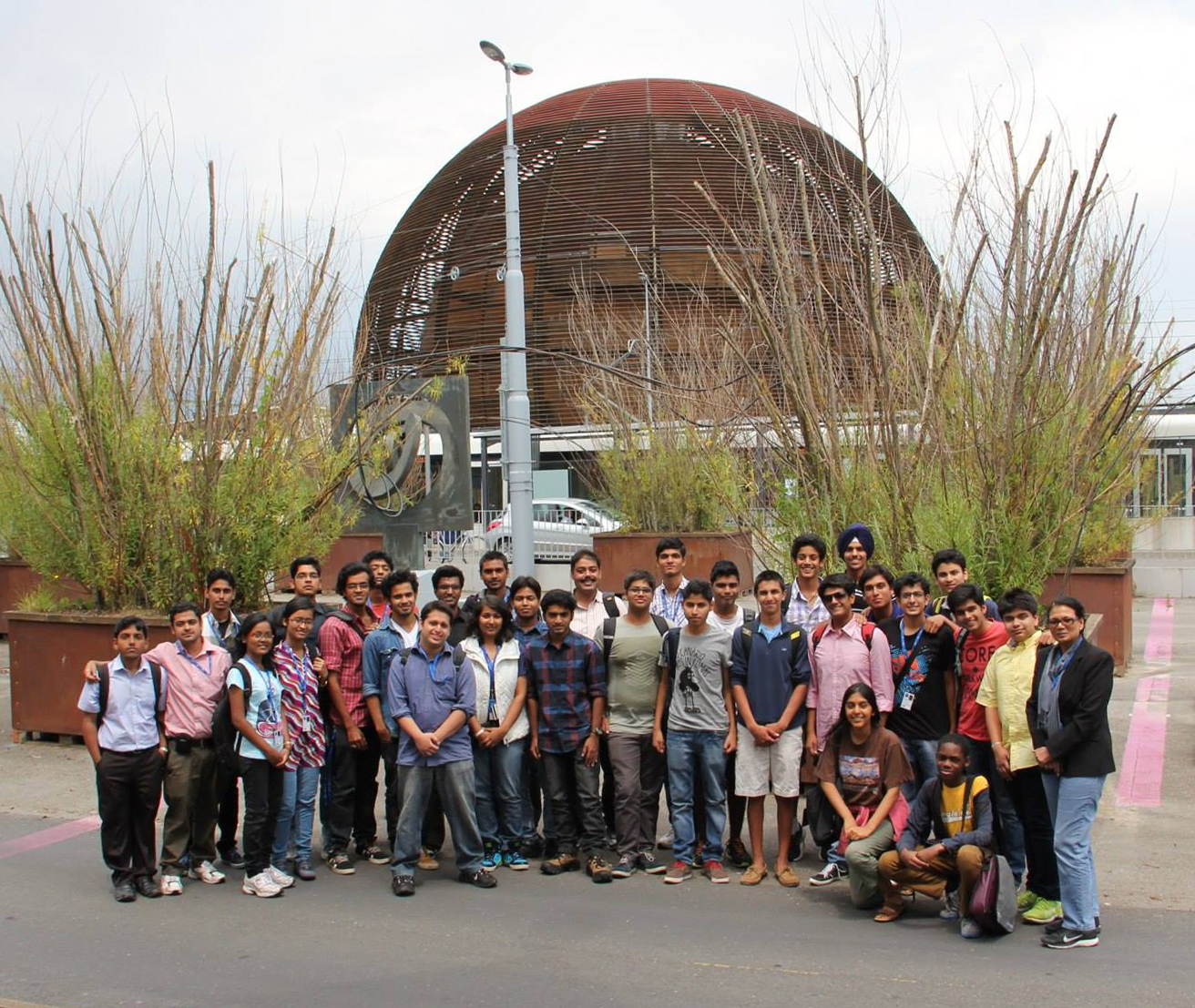Recently, I had an opportunity to spend two weeks at CERN on an internship. For a high-school student, the experience was incredible and, being extremely interested in physics, a dream come true. During this period, I started off by working on Resistive Plate Chambers (RPCs) for CMS under the guidance of Archana Sharma after which I was joined by a group of students from Doon School, India and some students from Switzerland, USA and Sri Lanka. We visited different labs at CERN and attended lectures on topics ranging from antimatter to accelerator engineering to computing, by distinguished scientists and engineers.
In my first week, I worked with Jianxin Cai and some senior university students under the guidance of Stefano Colafranceschi on the production of RPCs for the CMS upgrades. Stefano explained the functioning of the RPC, which is a muon detector used as a triggering system. Initially I was involved in testing and assembling the RPCs and for the latter part of the week, I was involved in data analysis of the results of these tests. I noticed how different organisations, universities and institutes from all around the world were contributing to this project. CERN certainly brings all humanity together in the quest to understand our Universe!
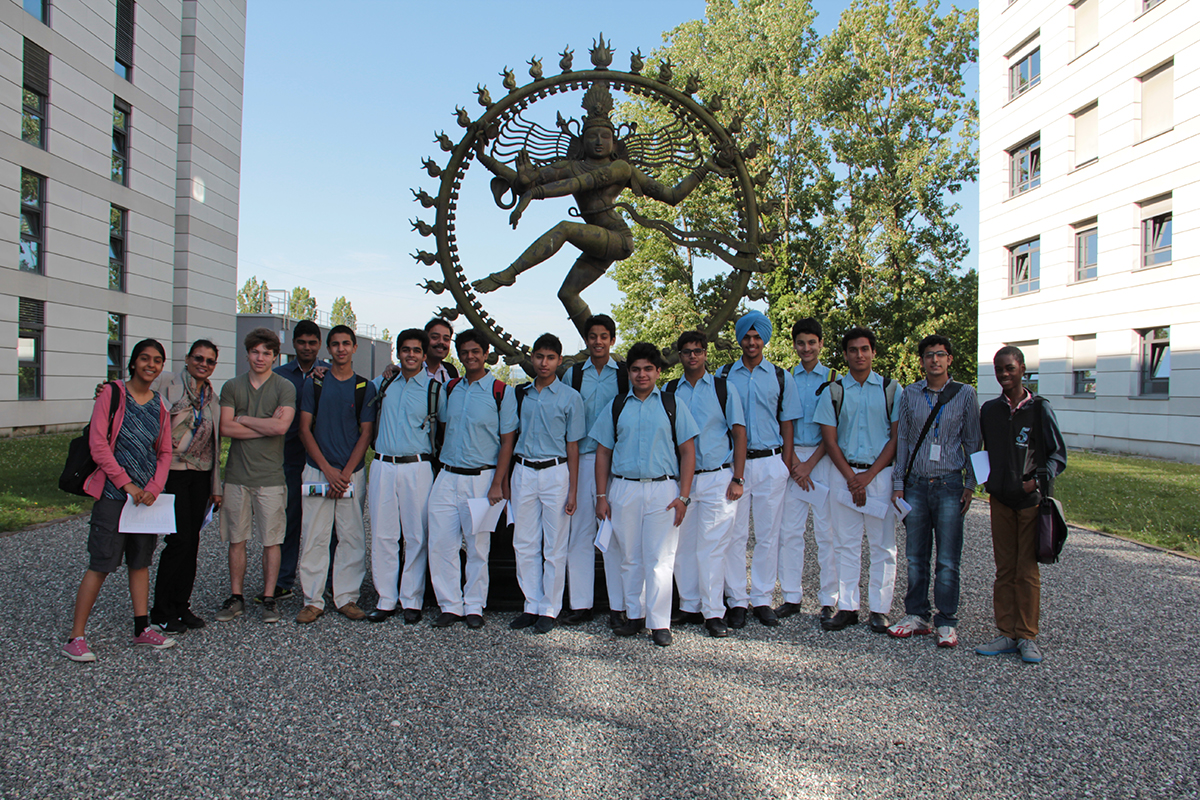
The second week started with me meeting the other high-school interns. Archana greeted us all at the CERN reception and we began the day with Rudiger Voss, Head of International Relations at CERN, welcoming us. We were honoured to meet and interact with Rolf-Dieter Heuer, Director General of CERN. Then, Mike Storr gave us a broad introduction to CERN, what it is looking for and how. Following this, we visited the Microcosm and the Globe of Science and Innovation, where we learnt more about the history of CERN and also of particle physics all the way from Rutherford’s experiment to the discovery of a Higgs boson in 2012.
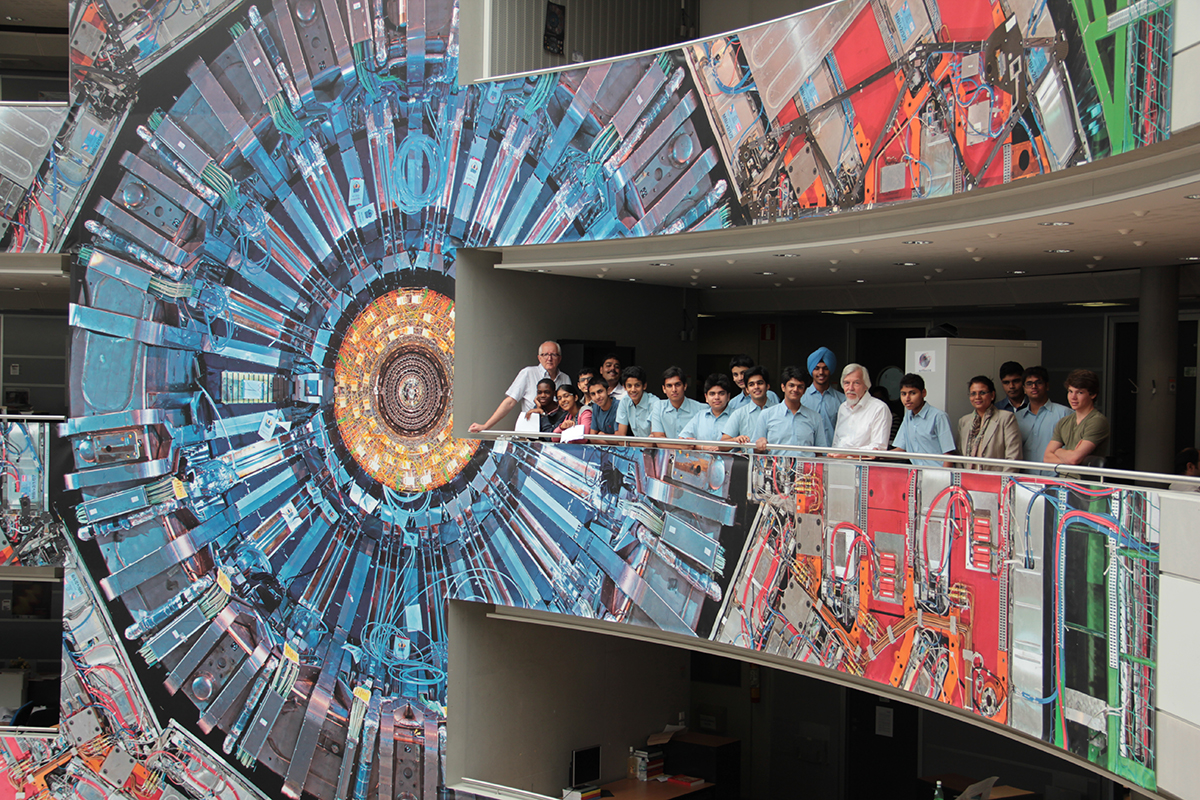
Our next lecture was given by Ian Bird, Project Leader of Worldwide LHC Computing Grid, who told us about the colossal amounts of data generated by the LHC, which physicists use to identify and retrace the path of the particles produced in the collisions. These data need to be streamlined, stored and processed and that is where the Grid comes in. He introduced us to this mega-networking infrastructure spread across 150 data centres in 40 countries, which provides computing resources to store, distribute and analyse ~25 petabytes of data annually. I was happy to see that two data centres from India were part of this network. He showed us how data are stored in magnetic disks, how the data farms are cooled and how data are transmitted in minimal time to all desired locations. We also went through the history of computing and data storage with him.
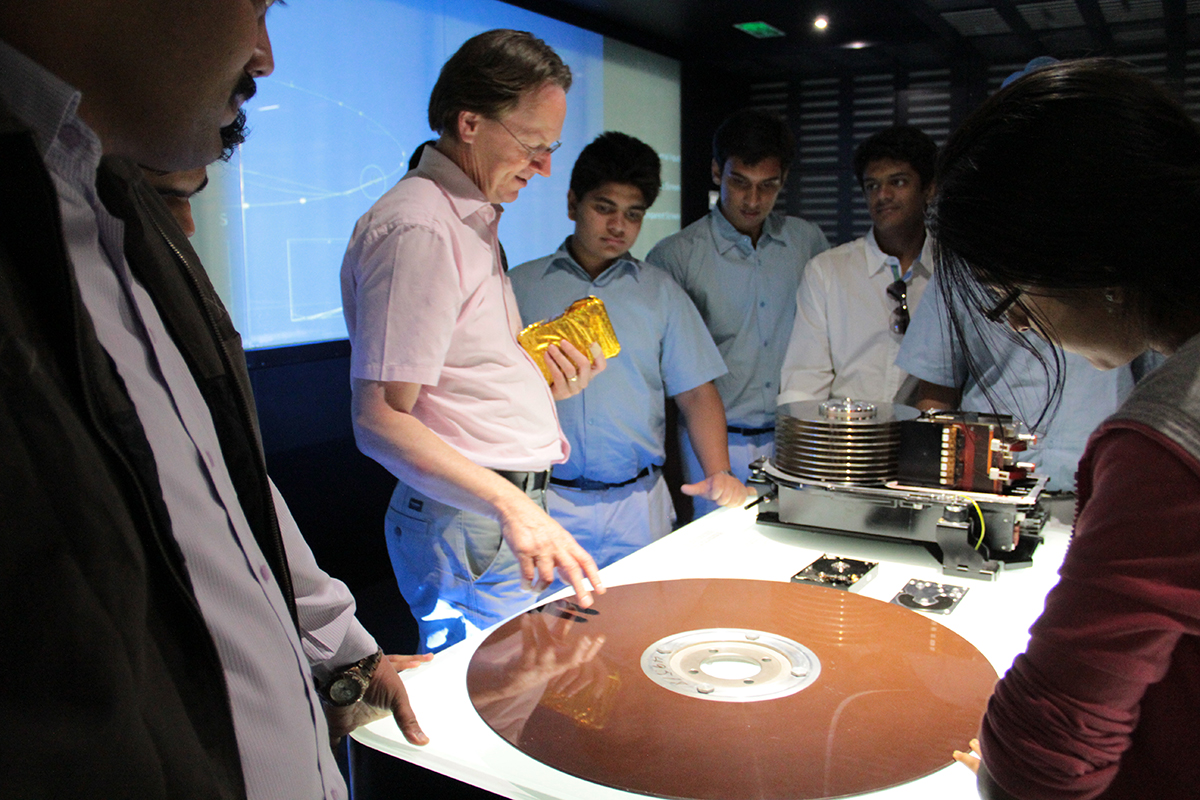
After this, Giovanni Anelli talked to us about the “knowledge transfer” that takes place between CERN and society. CERN offers a very open environment and there is a constant exchange of ideas, technologies and knowledge between CERN and industries such as medicine, solar energy, propulsion, mining etc. For example, non-evaporable getters thin-film coatings were developed by CERN for maintaining vacuum in its machines but they are now also being used in vacuum components and microelectronics in other industries.
On the second day, Michael Doser taught us about the origins and significance of antimatter. We also learnt about the current approaches to identifying the differences between matter and antimatter and he even taught us how antimatter is created! We then took a tour of the experimental site of the Antiproton Decelerator, where once again we saw different countries and organisations coming together. After visiting some particle accelerators around the site, we went to the CMS crystal lab where Kristof Pauwels and Mythra Varun Nemallapudi told us about the science behind the crystals and their production process, and how this technology has been spun-off and is being used to scan for tumours.
The day concluded with a Geneva Treasure Hunt! We visited nearly all the attractions of the city trying to solve the clues set up by Mike Storr.
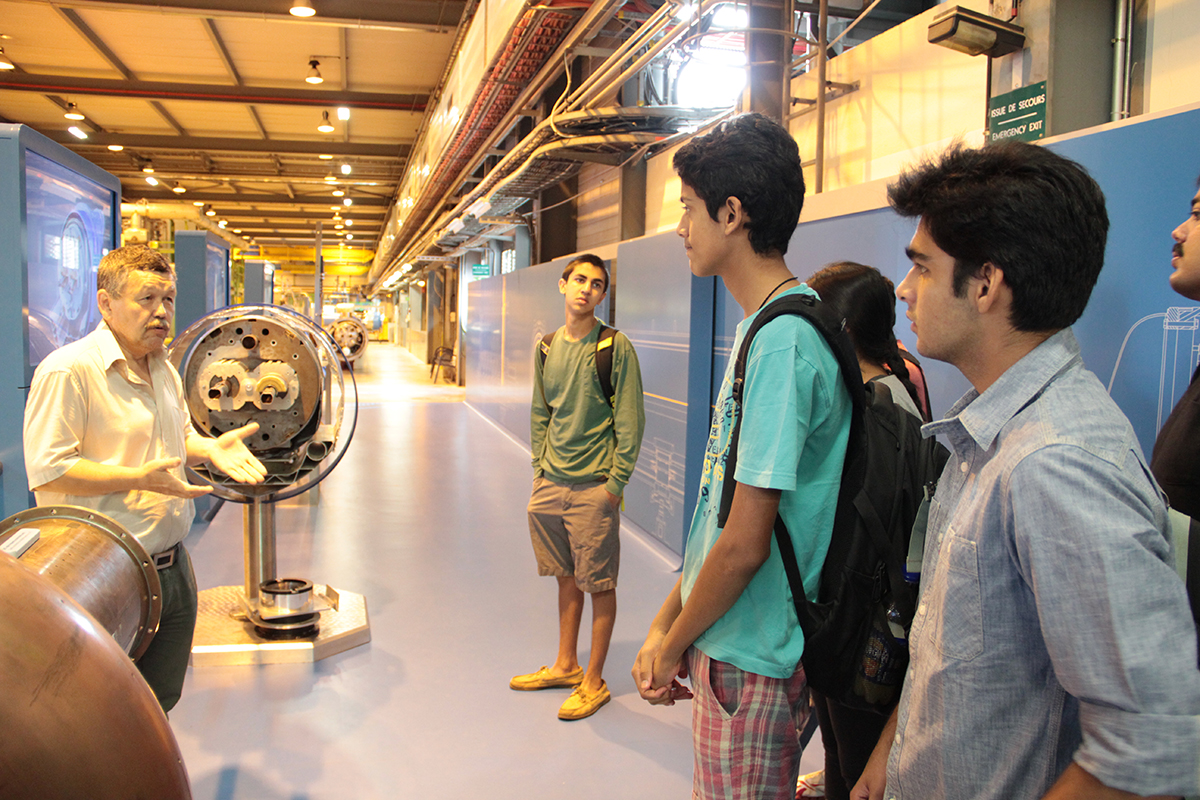
On Wednesday we visited the SM18 facility where the superconducting magnets of the LHC are tested, and then the RPC production lab. After lunch, we had a Masterclass with Achintya Rao, science communicator at CMS. He illustrated to us how particles produced in the collisions are identified by their signatures and the way they decay after being created. We were split into pairs and were given the task to examine a hundred collision events and identify the particle created in them. We looked for signatures of W bosons, Z bosons and even Higgs boson!
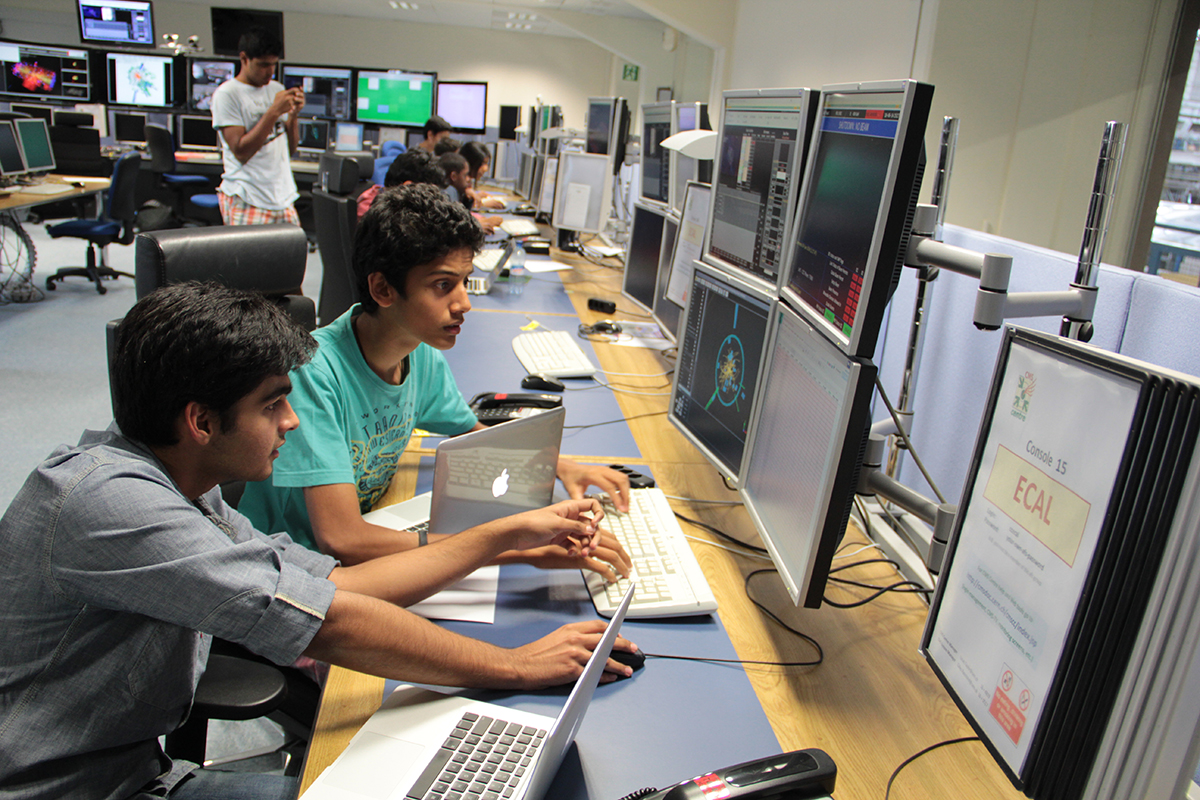
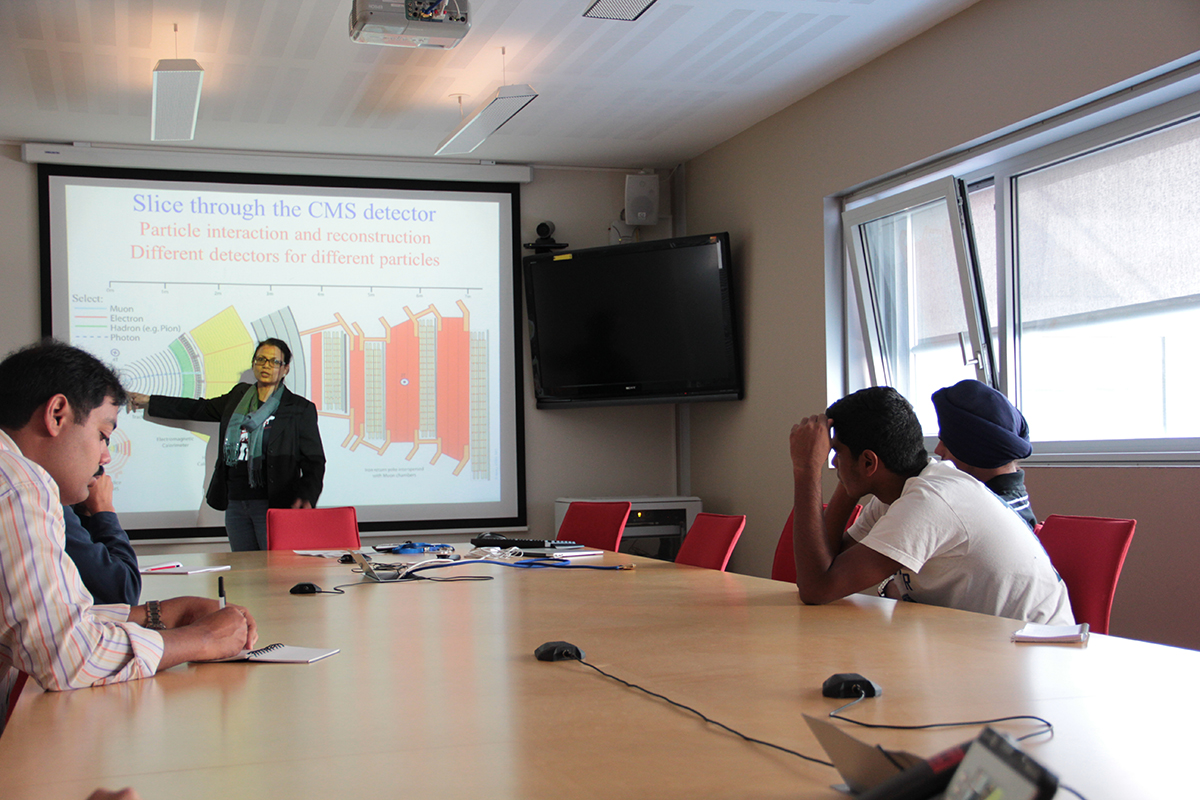
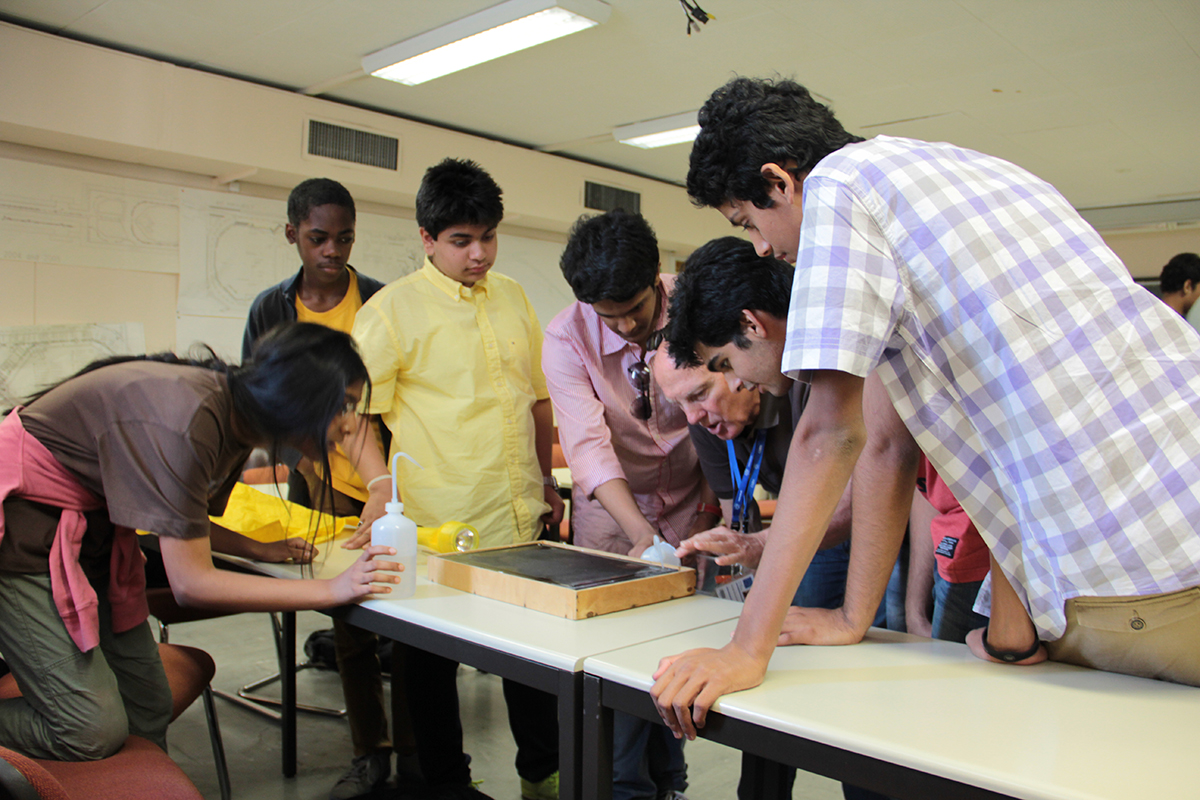
That afternoon, we had two incredible visits in store for us. First, we took a trip nearly 100 metres underground to see the CMS detector in its experimental cavern. After this, we had the rare honour of meeting Nobel Laureate Samuel Ting and visiting the Alpha Magnetic Spectrometer control room. The Alpha Magnetic Spectrometer is attached to the International Space Station and is seeking solutions to the mysteries regarding the nature of dark matter.
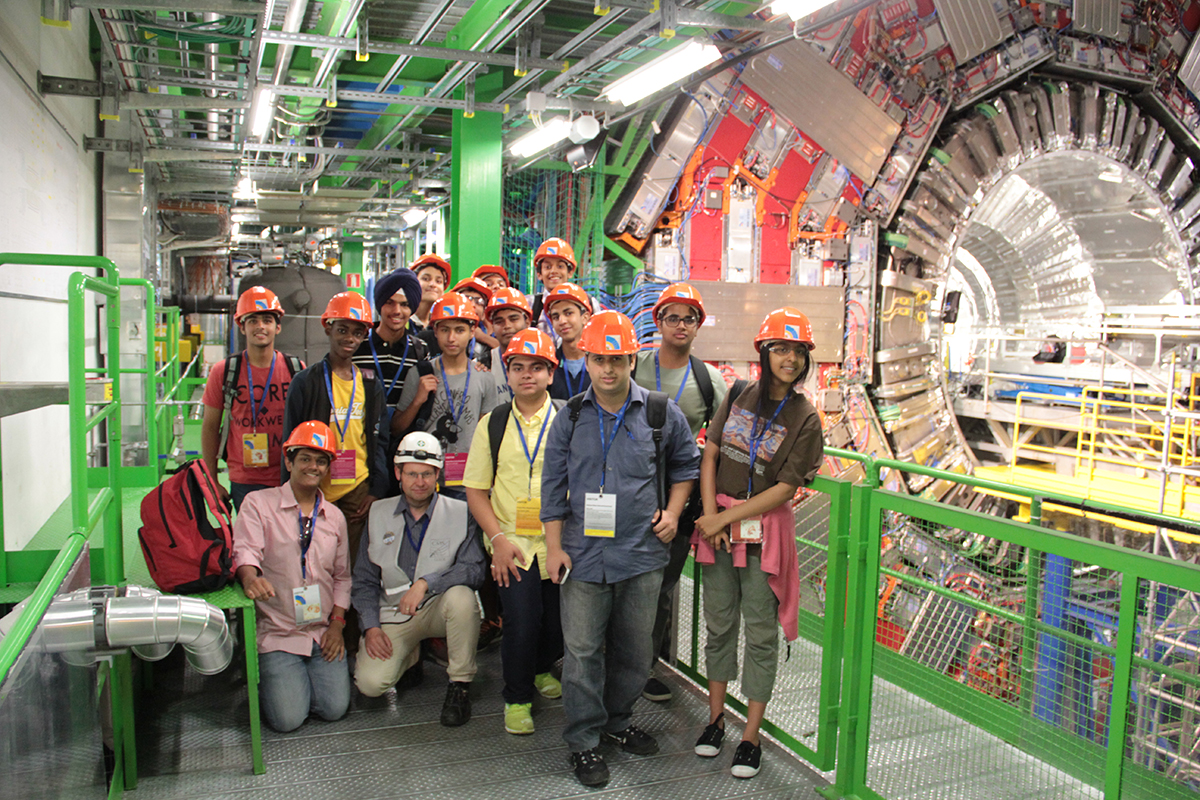
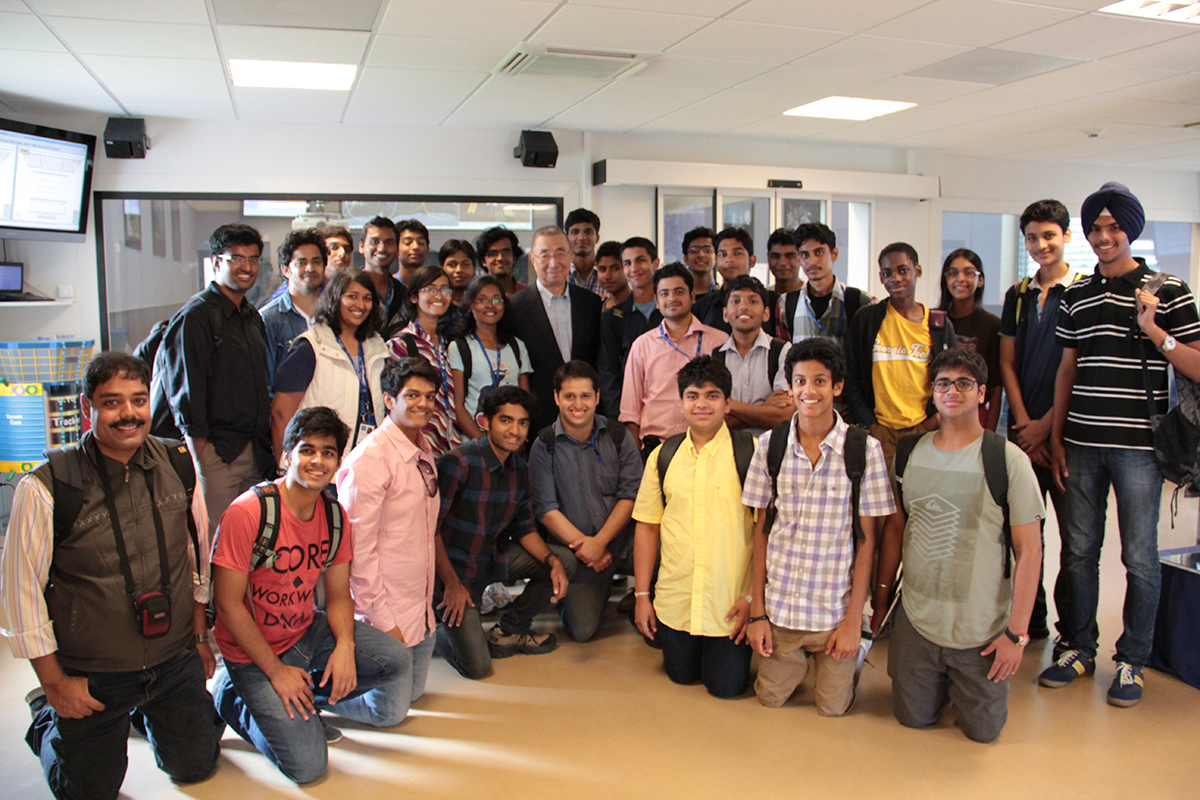
On our last day, Albert De Roeck and John Ellis taught us about the Standard Model, the Higgs boson, supersymmetry, extra dimensions and the future plans of CERN, after which Django Manglunki gave us a lecture on accelerator physics. Django then took us to the CERN Control Centre, from where the LHC is controlled. That evening, we celebrated our stay at CERN with a wonderful party at Archana Sharma’s residence.
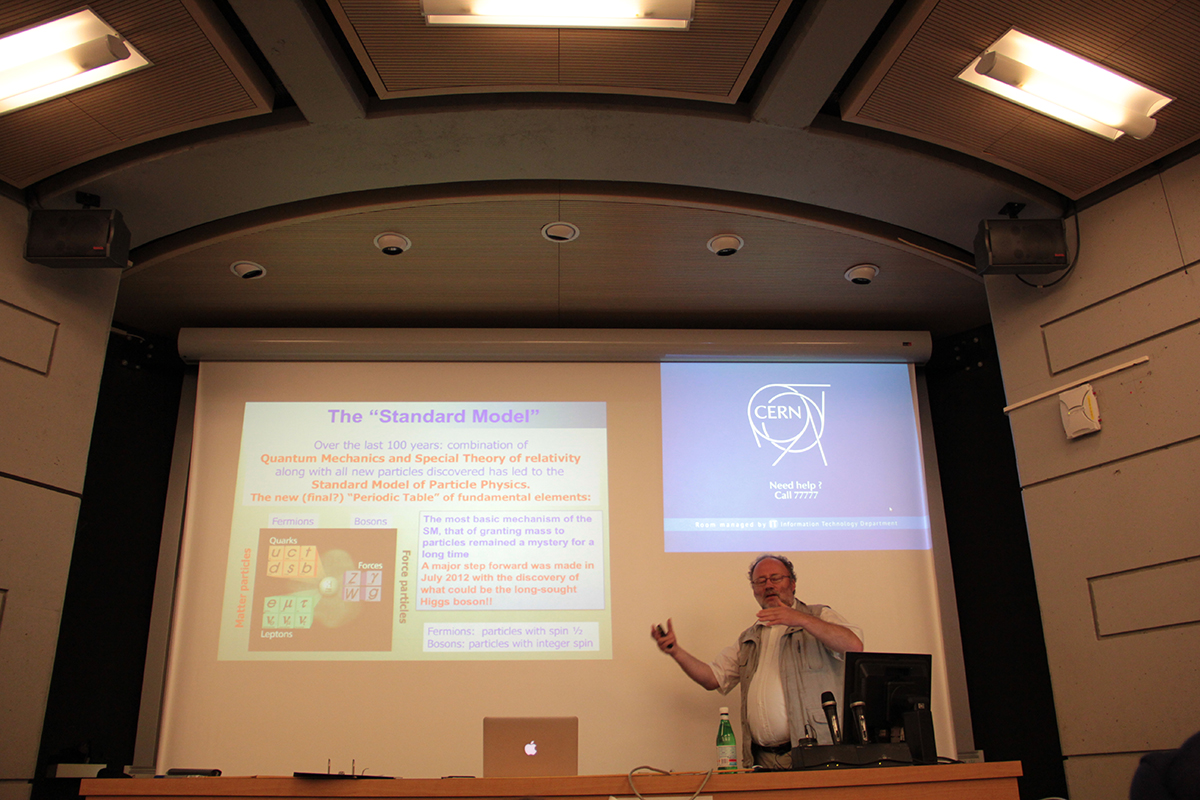
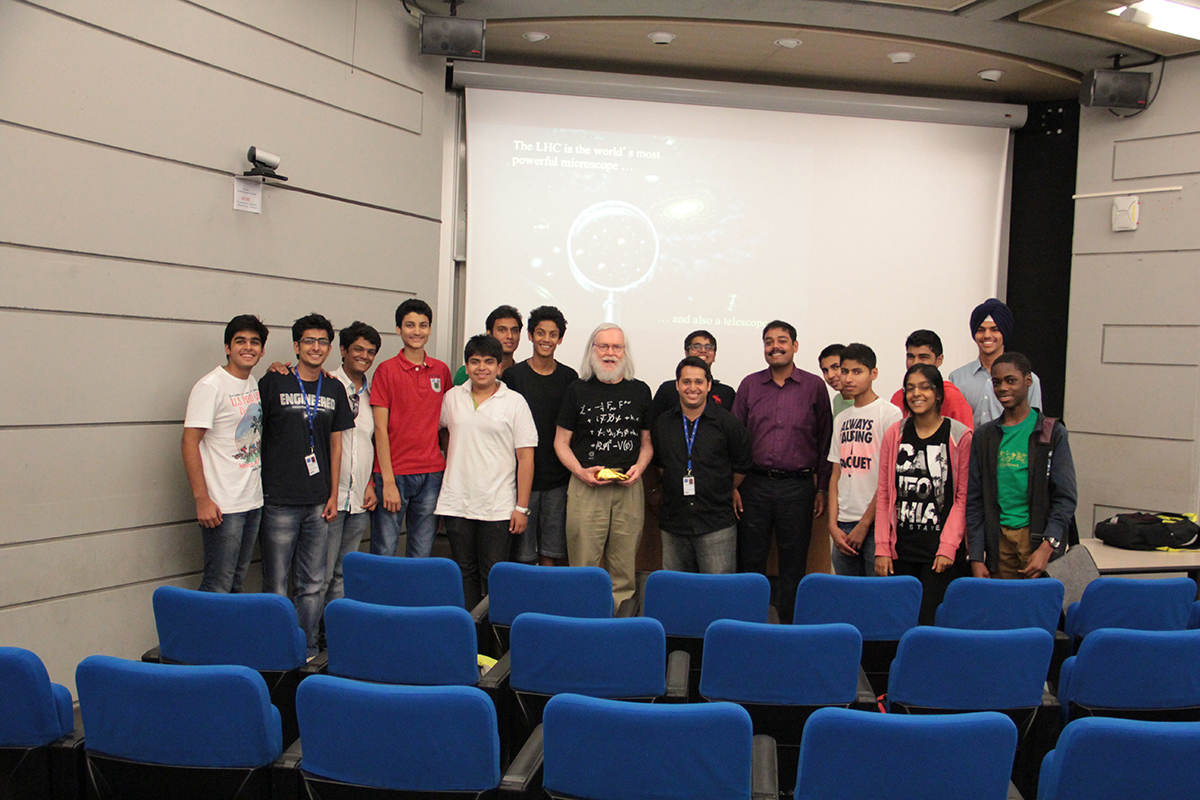
In my two weeks at this fascinating place, I saw people driven by curiosity and a deep desire to discovering something new about our Universe, people who profoundly love their job and work with sheer passion. There’s always something going on here, be it in the conference halls, in the offices, in the gardens or in the cafeteria. The scenes in the cafeteria left me flabbergasted, with theories and experiments being discussed around lunch trays and detector designs being drawn on paper napkins. I am grateful to Archana Sharma and CERN for providing this wonderful opportunity to me and to all those who took out time of their busy schedules to speak with us. This visit has made me more interested in the field of particle physics and hungry for more knowledge. This is an experience I will never forget.
The views expressed in CMS blogs are personal views of the author and do not necessarily represent official views of the CMS collaboration.

